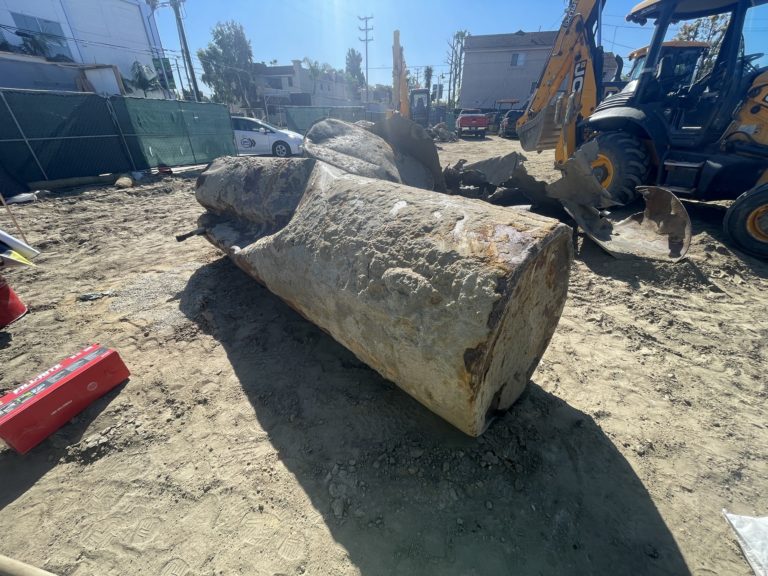Similar Posts

Geosyncline
Geosyncline Geosyncline: In geology, a geosyncline is a large-scale indentation in the Earth’s crust that is filled with sediments. A geosyncline forms due to the gradual sinking of the Earth’s crust, causing sediment from adjacent areas to gather inside. An example of a geosyncline is the Appalachian Mountains.

Regression
Regression Regression: In geology, regression is the formation of a specific sequence of sedimentary and metamorphic layers, that are the result of ocean water withdrawing from the land. To illustrate, when regression occurs over millions of years, geologists find a layer of limestone, overlain by shale, and overlain again by limestone. The opposite of regression is…

Licensed Professional Geologist
Licensed Professional Geologist A “Licensed Professional Geologist” or a “Certified Professional Geologist” is a person who is certified by a State and/or Federal agency (such as the California Department of Consumer Affairs, Board for Professional Engineers, Geologists & Land Surveyors), and has proven be educated, formally trained and professionally competent per government standards, to practice…

Potentiometric Surface
Potentiometric Surface The term “Potentiometric Surface” means the hydrogeological surface that represents the total hydraulic head of groundwater from a confined aquifer or semi-confined aquifer that’s under pressure. The Potentiometric Surface of an aquifer is defined by the level to which water will rise in a groundwater monitoring well (that’s exclusively screened within said aquifer).

Diagenesis
Diagenesis Diagenesis: In geology, diagenesis refers to the physical and chemical changes of a sedimentary formation when compaction and lithification occur over time.

Leaking Underground Storage Tank (LUST)
Leaking Underground Storage Tank (UST) Leaking Underground Storage Tank (LUST): A leaking underground storage tank (LUST) is a known case of hazardous liquid materials released into the environment, from within an underground storage tank (UST) source. The term “LUST” commonly applies to gasoline station soil contamination cases overseen by environmental regulatory agencies. Also See: Underground…
